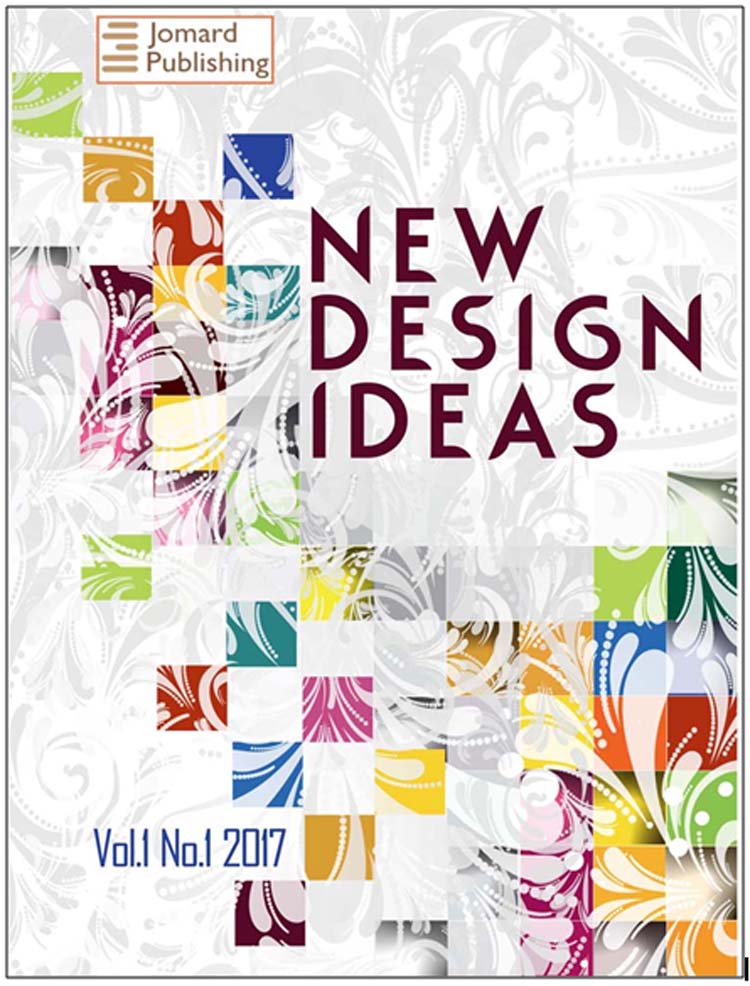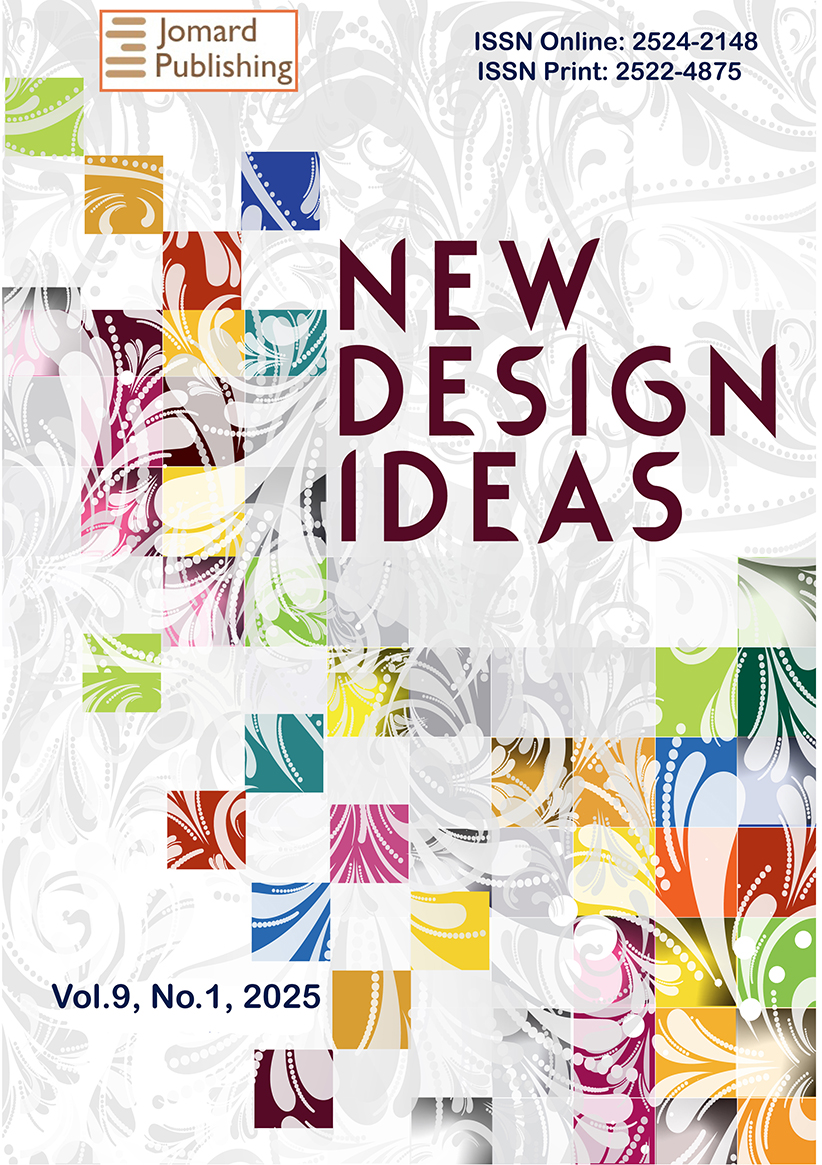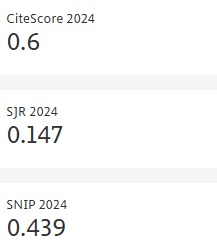DESIGNING SUSTAINABLE MATERIALS: THE ROLE OF MATERIAL PERCEPTION IN CONSUMER ACCEPTANCE
- Published: 02-04-2025
Share
Material perception is vital in designing new materials and products that consumers widely accept, especially in the case of sustainable materials like biobased composites, which are unfamiliar to the average consumer. Understanding the effect of visual and tactile characteristics of the biobased composites on the formation of material perception could help material engineers and designers create sustainable and high-value materials. In this study of biobased composites, the semantic differential method is used to assess material attributes (in digital and physical settings), along with the qualitative assessment of material characteristics. These attribute ratings and qualitative descriptors help evaluate sensory qualities and generalise their influences on material perception. It is observed that respondents refer to past material experiences to define materials, especially the ones with uncertain attributes. While visual/tactile inconsistencies are a hallmark of natural products, such irregularities in materials with evidence of human interaction (e.g., weaving, geometric patterns) lead to poor perception of beauty and value. Fibreness is a strong signifier of naturality and warm and earthy tones reinforce this perception. Visual and tactile attributes influence perceptions of beauty and values, pointing to their bimodal nature; this also emphasises the role of sensory characteristics in creating desirable biobased composites.
- View 974
- Downloads 205
- Saveds 0
- Citations (Crossref) 0


